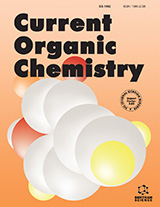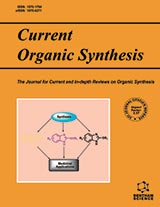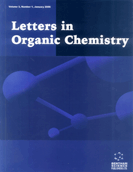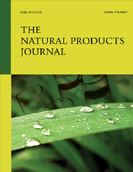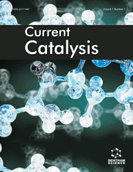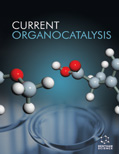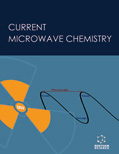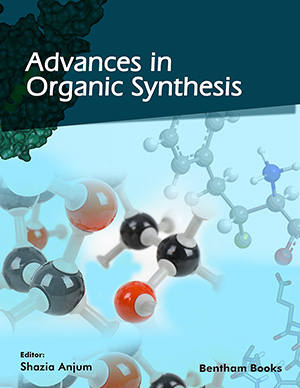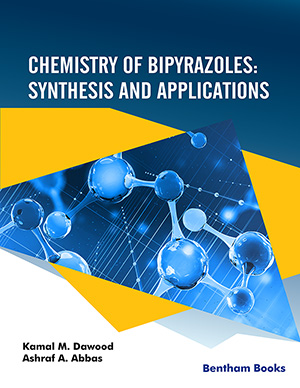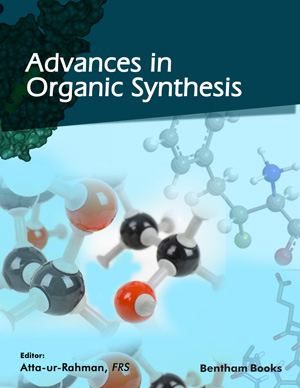Abstract
Nuclear magnetic resonance (NMR) has become established as a powerful tool for qualitative and semi-quantitative analysis of complex mixtures of body fluids, intact cells, tissues and their extracts. Such studies are finding increasing applications in clinical and medical sciences. 1H and 31P NMR provide a noninvasive probe of high-energy compounds, amino acids, and compounds of phospholipid metabolism in cells and tissues. 13C NMR has been used to measure and characterize high concentration of molecules. The introduction of 13C-labeled substrates allows one to follow metabolism by the 13C NMR method. In this review, we have described one dimensional inverse detection techniques and various two dimensional homonuclear and heteronuclear methods with special emphasis on methods for studies of cells. Application of NMR to detect me tabolites in various cells and tissues has been discussed with illustrative examples, to highlight the type of information NMR can provide.
Current Organic Chemistry
Title: Application of NMR to the Study of Cells and Body Fluids
Volume: 5 Issue: 10
Author(s): Sudha Srivastava and Girjesh Govil
Affiliation:
Abstract: Nuclear magnetic resonance (NMR) has become established as a powerful tool for qualitative and semi-quantitative analysis of complex mixtures of body fluids, intact cells, tissues and their extracts. Such studies are finding increasing applications in clinical and medical sciences. 1H and 31P NMR provide a noninvasive probe of high-energy compounds, amino acids, and compounds of phospholipid metabolism in cells and tissues. 13C NMR has been used to measure and characterize high concentration of molecules. The introduction of 13C-labeled substrates allows one to follow metabolism by the 13C NMR method. In this review, we have described one dimensional inverse detection techniques and various two dimensional homonuclear and heteronuclear methods with special emphasis on methods for studies of cells. Application of NMR to detect me tabolites in various cells and tissues has been discussed with illustrative examples, to highlight the type of information NMR can provide.
Export Options
About this article
Cite this article as:
Sudha Srivastava and Girjesh Govil , Application of NMR to the Study of Cells and Body Fluids, Current Organic Chemistry 2001; 5 (10) . https://dx.doi.org/10.2174/1385272013374897
| DOI https://dx.doi.org/10.2174/1385272013374897 |
Print ISSN 1385-2728 |
| Publisher Name Bentham Science Publisher |
Online ISSN 1875-5348 |
Call for Papers in Thematic Issues
Advances of Heterocyclic Chemistry with Pesticide Activity
Global food safety and security will continue to be a global concern for the next 50 years and beyond. Plant diseases have had a significant impact on food safety and security throughout the entire food chain, from primary production to consumption. While conventional chemical pesticides have been traditionally used for ...read more
Calculation design of covalent/metal organic framework based catalysts
This research area combines theoretical computation and screening with machine learning for the design of covalent/metal organic framework-based catalysts, bridging the disciplines of organic chemistry, physical chemistry, computational chemistry, materials science, and machine learning. It covers several critical aspects: designing and synthesizing organic catalysts for improved performance, applying computational methods ...read more
Carbohydrates conversion in biofuels and bioproducts
Biomass pretreatment, hydrolysis, and saccharification of carbohydrates, and sugars bioconversion in biofuels and bioproducts within a biorefinery framework. Carbohydrates derived from woody biomass, agricultural wastes, algae, sewage sludge, or any other lignocellulosic feedstock are included in this issue. Simulation, techno-economic analysis, and life cycle analysis of a biorefinery process are ...read more
Catalytic C-H bond activation as a tool for functionalization of heterocycles
The major topic is the functionalization of heterocycles through catalyzed C-H bond activation. The strategies based on C-H activation not only provide straightforward formation of C-C or C-X bonds but, more importantly, allow for the avoidance of pre-functionalization of one or two of the cross-coupling partners. The beneficial impact of ...read more
Related Journals
 7
7
- Author Guidelines
- Graphical Abstracts
- Fabricating and Stating False Information
- Research Misconduct
- Post Publication Discussions and Corrections
- Publishing Ethics and Rectitude
- Increase Visibility of Your Article
- Archiving Policies
- Peer Review Workflow
- Order Your Article Before Print
- Promote Your Article
- Manuscript Transfer Facility
- Editorial Policies
- Allegations from Whistleblowers
- Announcements
Related Articles
-
Targeting p73 - a Potential Approach in Cancer Treatment
Current Pharmaceutical Design Small Molecule Regulators Targeting NAD<sup>+ </sup>Biosynthetic Enzymes
Current Medicinal Chemistry The Phosphoinositide 3-Kinase Pathway in Human Cancer: Genetic Alterations and Therapeutic Implications
Current Genomics Epigenetics in Brain Tumors: HDACs Take Center Stage
Current Neuropharmacology Arsenic-exposed Keratinocytes Exhibit Differential microRNAs Expression Profile; Potential Implication of miR-21, miR-200a and miR-141 in Melanoma Pathway
Clinical Cancer Drugs OX40 and OX40L Interaction in Cancer
Current Medicinal Chemistry Antigenic Differences Between Normal and Malignant Cells as a Basis for Treatment of Intracerebral Neoplasms Using a DNA-Based Vaccine
Current Genomics Chemoradiation for Glioblastoma
Current Drug Therapy Activation of Sphingosine Kinase-1 in Cancer: Implications for Therapeutic Targeting
Current Molecular Pharmacology Nucleic Acid Carrier Systems Based on Polyethylenimine Conjugates for the Treatment of Metastatic Tumors
Current Medicinal Chemistry Technologies for Translational Imaging Using Generators in Oncology
Recent Patents on Anti-Cancer Drug Discovery Advances in Photodynamic Therapy of Cancer
Current Cancer Therapy Reviews Targeted Drug Delivery in Brain Tumors-nanochemistry Applications and Advances
Current Topics in Medicinal Chemistry Inhibitory Effect of Ebselen on Cerebral Acetylcholinesterase Activity In Vitro: Kinetics and Reversibility of Inhibition
Current Pharmaceutical Design The Endocannabinoid System in Amyotrophic Lateral Sclerosis
Current Pharmaceutical Design Polycistronic Viral Vectors
Current Gene Therapy Understanding Molecular Pathways and Targets of Brachyury in Epithelial-mesenchymal Transition (EMT) in Human Cancers
Current Cancer Drug Targets Novel Therapies Against Aggressive and Recurrent Epithelial Cancers by Molecular Targeting Tumor- and Metastasis-Initiating Cells and Their Progenies
Anti-Cancer Agents in Medicinal Chemistry Occurrence and Biological Activities of Eremophilane-type Sesquiterpenes
Mini-Reviews in Medicinal Chemistry Human- and Virus-Encoded microRNAs as Potential Targets of Antiviral Therapy
Mini-Reviews in Medicinal Chemistry


